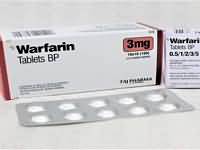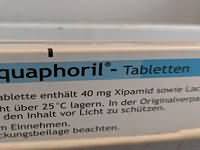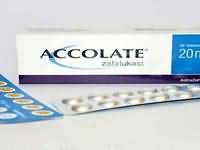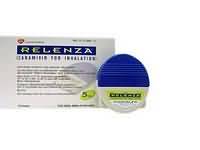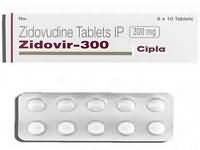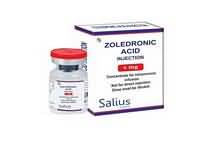Cyproterone acetate
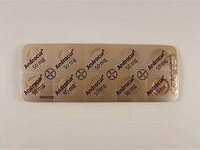
Cyproterone acetate
CLINICAL USE
Control of libido in severe hypersexuality and sexual deviation in adult maleManagement of patients with prostatic cancer (LHRH ‘flare’, palliative treatment)Hot flushes post orchidectomyDOSE IN NORMAL RENAL FUNCTION
Control of hypersexuality: 50 mg twice dailyProstatic cancer: 200–300 mg/day in 2–3 divided dosesHot flushes: 50–150 mg daily in 1–3 divided dosesPHARMACOKINETICS
DOSE IN RENAL IMPAIRMENT
GFR (mL/MIN)
DOSE IN PATIENTS UNDERGOING RENAL REPLACEMENT THERAPIES
IMPORTANT DRUG INTERACTIONS
Potentially hazardous interactions with other drugsNone knownADMINISTRATION
Reconstition
–Route
OralRate of Administration
–Comments
–OTHER INFORMATION
May cause drowsiness – increased CNS sensitivity in patients with renal impairmentCSM has advised that in view of the hepatotoxicity associated with long-term doses of 300 mg daily, the use of cyproterone acetate in prostatic cancer should be restricted to short courses, to cover testosterone ‘flare’ associated with gonadorelin analogues, treatment of hot flushes after orchidectomy or gonadorelin analogues, and for patients who have not responded to (or are intolerant of) other treatmentsDirect hepatic toxicity including jaundice, hepatitis and hepatic failure have been reported. Liver function tests should be performed before treatment and whenever symptoms suggestive of hepatotoxicity occur
See how to identify renal failure stages according to GFR calculation
See how to diagnose irreversible renal disease
Home

